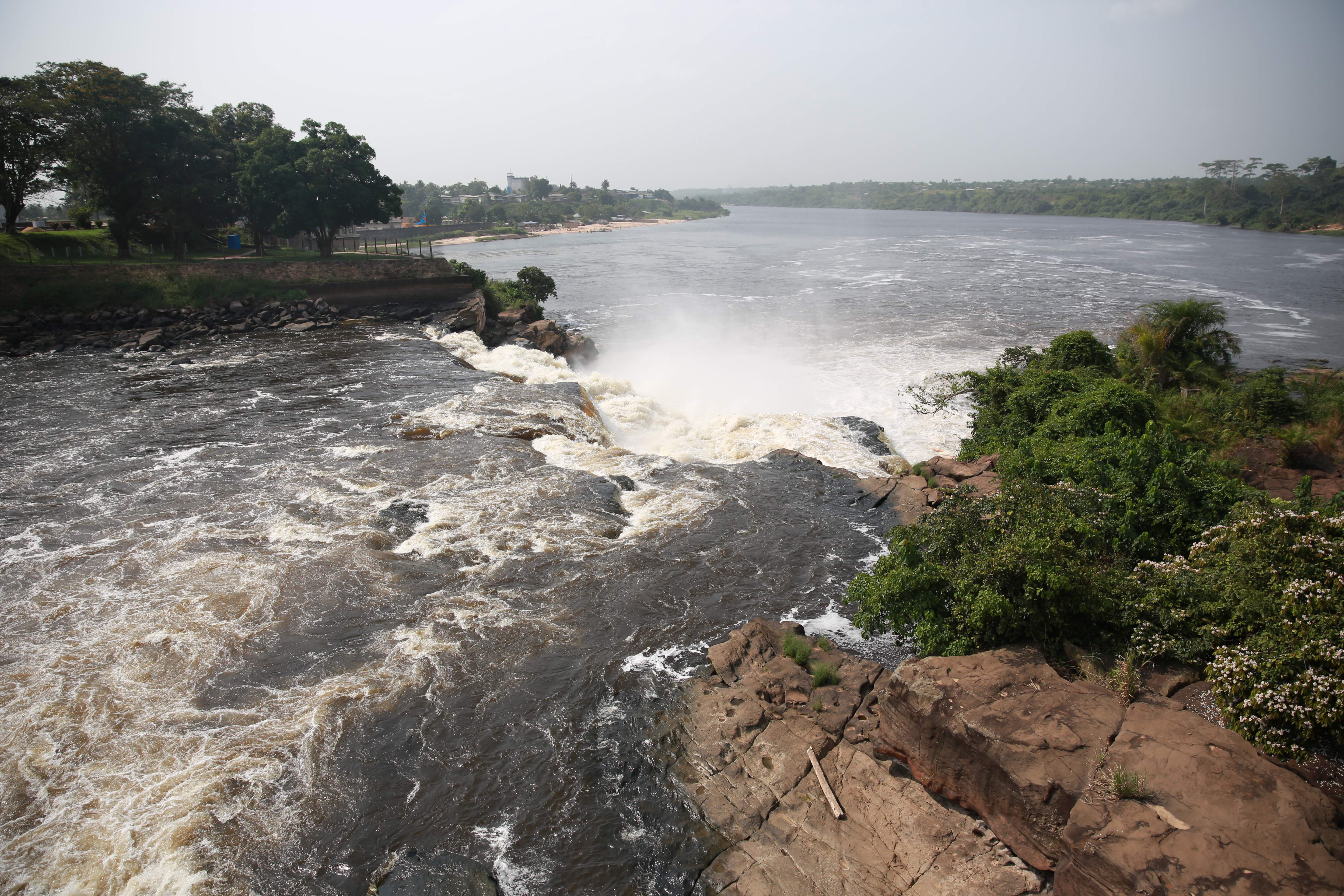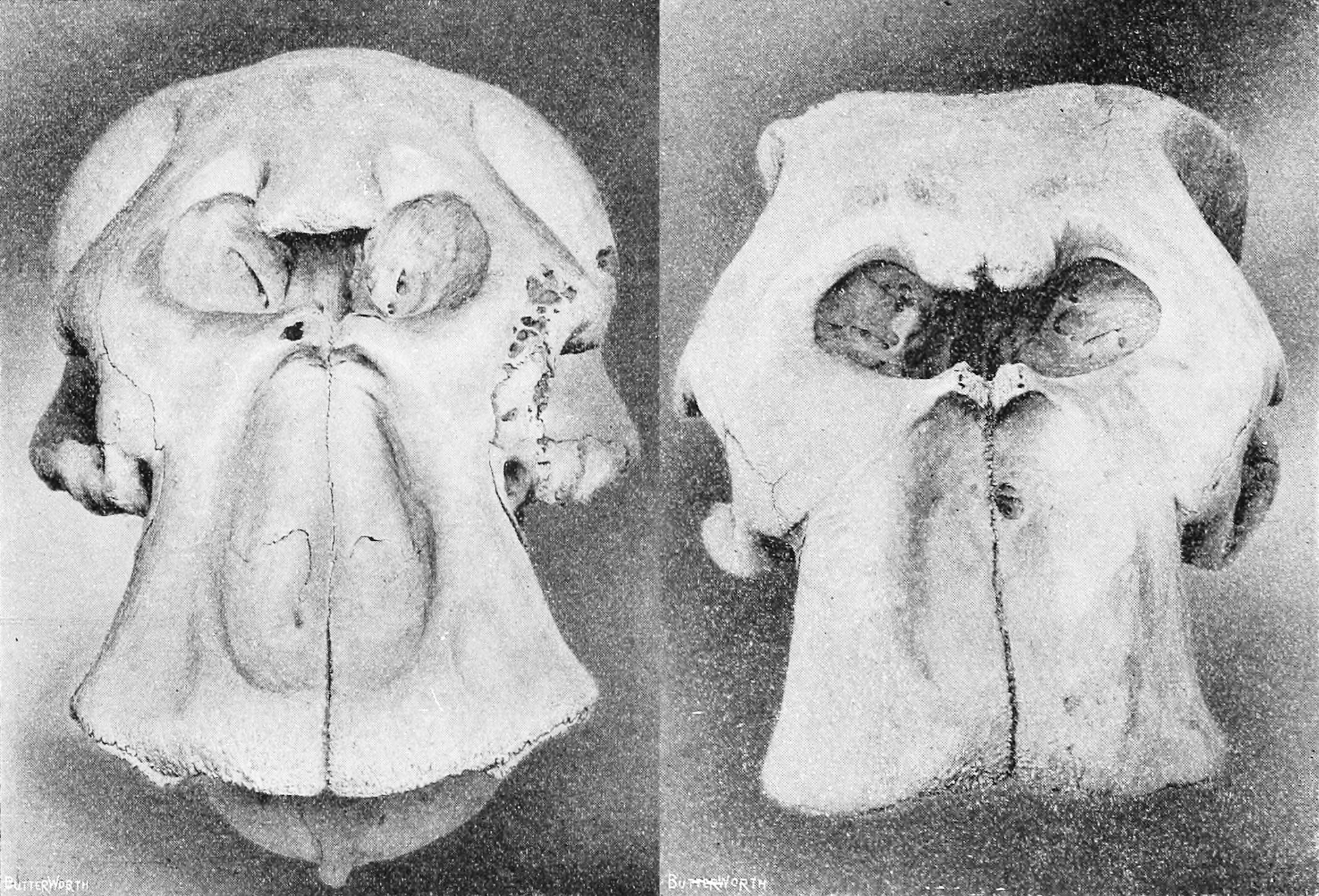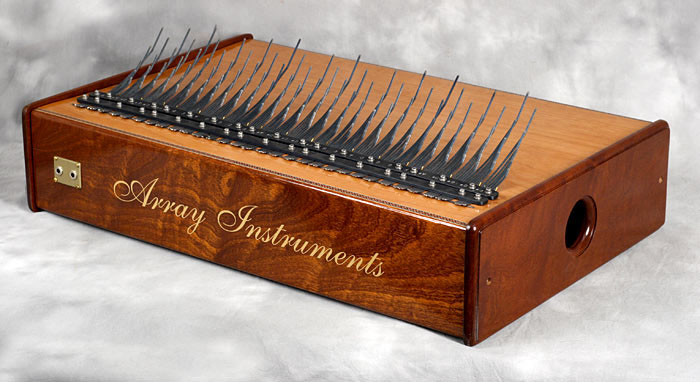|
Yangambi Biosphere Reserve
Yangambi Biosphere Reserve is a protected area in the Democratic Republic of the Congo. It is located in Tshopo province. Geography Yangambi Biosphere Reserve lies north of the Congo River within the Congo River Basin. It is west of the city of Kisangani. Flora and fauna Plant communities within the Yangambi Biosphere Reserve vary based on rainfall, soils, and human disturbance. They include secondary forests with ''Pycnanthus angolensis'' and '' Fagara macrophylla'', semi-deciduous secondary rain forests, rain forests with ''Gilbertiodendron dewevrei'', climax forests with '' Brachystegia laurentii'' and swamp forests. The reserve is important for its biodiversity It is home to 32,000 tree species. Endangered and threatened tree species in the reserve include afrormosia (''Pericopsis elata''), iroko ('' Milicia excelsa''), ilomba (''Pycnanthus angolensis''), and sapelli ('' Entandrophragma cylindricum''). It was also once home to African forest elephants (''Loxodonta cyclotis ... [...More Info...] [...Related Items...] OR: [Wikipedia] [Google] [Baidu] |
Tshopo
Tshopo is one of the 21 new provinces of the Democratic Republic of the Congo created in the 2015 repartitioning. It is situated in the north central part of the country on the Tshopo River, for which it is named. Tshopo, Bas-Uele, Haut-Uele, and Ituri provinces are the result of the dismemberment of the former Orientale province. Tshopo was formed from the Tshopo district and the independently administered city of Kisangani which retained its status as a provincial capital. History From 1963 to 1966, the area was constituted as the province of Haut-Congo. It was merged into Orientale Province in 1966 as, separately, the District of Tshopo and the city of Kisangani. The Presidents (later governors) of Haut-Congo were: * 1963 – 26 June 1963: Georges Grenfell (b. 1908) * 26 June 1963 – 1964: Paul Isombuma * 1964 – August 1964: François Aradjabu * August 1964 – 5 Nov 1966: Jean Marie Alamazani Provincial status was re-instated to Tshopo in 2015 ... [...More Info...] [...Related Items...] OR: [Wikipedia] [Google] [Baidu] |
Brachystegia Laurentii
''Brachystegia laurentii'', a plant in the family Fabaceae, is a species of large tree found in western Cameroon, Gabon, Equatorial Guinea, the Democratic Republic of the Congo and the Republic of the Congo. It has a dense, umbrella-shaped crown. The wood is known as ''bomanga'' and has many uses in building and construction. Description ''Brachystegia laurentii'' is a fairly large evergreen tree, reaching a height of about and a diameter of . The trunk is cylindrical, without buttresses but sometimes with flutings near the base, and unbranched for the first . The outer bark is rough, yellowish-grey to dark grey, and peels away in large flakes. The inner bark is orange-red, thick and fibrous, darkening on exposure to the air. The crown is dense and umbrella-shaped, with ascending branches. The twigs are drooping, and they and the branches bear numerous lenticels. The leaves are pinnate with a short petiole swollen at its base and three to five pairs of oblong-elliptical leaf ... [...More Info...] [...Related Items...] OR: [Wikipedia] [Google] [Baidu] |
Man And The Biosphere Programme
Man and the Biosphere Programme (MAB) is an intergovernmental scientific program, launched in 1971 by UNESCO, that aims to establish a scientific basis for the improvement of relationships between people and their environments. MAB's work engages fully with the international development agenda—specially with the Sustainable Development Goals and the Post 2015 Development Agenda—and addresses challenges linked to scientific, environmental, societal and development issues in diverse ecosystems; from mountain regions to marine, coastal and island areas; from tropical forests to dry lands and urban areas. MAB combines the natural and social sciences, economics and education to improve human livelihoods and the equitable sharing of benefits, and to safeguard natural and managed ecosystems, thus promoting innovative approaches to economic development that are socially and culturally appropriate, and environmentally sustainable. The MAB program provides a unique platform for co ... [...More Info...] [...Related Items...] OR: [Wikipedia] [Google] [Baidu] |
UNESCO
The United Nations Educational, Scientific and Cultural Organization is a specialized agency of the United Nations (UN) aimed at promoting world peace and security through international cooperation in education, arts, sciences and culture. It has 193 member states and 12 associate members, as well as partners in the non-governmental, intergovernmental and private sector. Headquartered at the World Heritage Centre in Paris, France, UNESCO has 53 regional field offices and 199 national commissions that facilitate its global mandate. UNESCO was founded in 1945 as the successor to the League of Nations's International Committee on Intellectual Cooperation.English summary). Its constitution establishes the agency's goals, governing structure, and operating framework. UNESCO's founding mission, which was shaped by the Second World War, is to advance peace, sustainable development and human rights by facilitating collaboration and dialogue among nations. It pursues this objec ... [...More Info...] [...Related Items...] OR: [Wikipedia] [Google] [Baidu] |
Chimpanzee
The chimpanzee (''Pan troglodytes''), also known as simply the chimp, is a species of great ape native to the forest and savannah of tropical Africa. It has four confirmed subspecies and a fifth proposed subspecies. When its close relative the bonobo was more commonly known as the pygmy chimpanzee, this species was often called the common chimpanzee or the robust chimpanzee. The chimpanzee and the bonobo are the only species in the genus ''Pan''. Evidence from fossils and DNA sequencing shows that ''Pan'' is a sister taxon to the human lineage and is humans' closest living relative. The chimpanzee is covered in coarse black hair, but has a bare face, fingers, toes, palms of the hands, and soles of the feet. It is larger and more robust than the bonobo, weighing for males and for females and standing . The chimpanzee lives in groups that range in size from 15 to 150 members, although individuals travel and forage in much smaller groups during the day. The species lives ... [...More Info...] [...Related Items...] OR: [Wikipedia] [Google] [Baidu] |
African Forest Elephant
The African forest elephant (''Loxodonta cyclotis'') is one of the two living African elephant species. It is native to humid forests in West Africa and the Congo Basin. It is the smallest of the three living elephant species, reaching a shoulder height of . Both sexes have straight, down-pointing tusks, which erupt when they are 1–3 years old. It lives in family groups of up to 20 individuals. Since it forages on leaves, seeds, fruit, and tree bark, it has been referred to as the 'megagardener of the forest'. It contributes significantly to maintain the composition and structure of the Guinean Forests of West Africa and the Congolese rainforests. The first scientific description of the species was published in 1900. During the 20th century, overhunting caused a sharp decline in population, and by 2013 it was estimated that less than 30,000 individuals remained. It is threatened by habitat loss, fragmentation, and poaching. The conservation status of populations varies acros ... [...More Info...] [...Related Items...] OR: [Wikipedia] [Google] [Baidu] |
Entandrophragma Cylindricum
''Entandrophragma cylindricum'' is a tree of the genus ''Entandrophragma'' of the family ''Meliaceae''. It is commonly known as sapele or sapelli ( ) or sapele mahogany, as well as aboudikro, assi, and muyovu. Origin of the name The name ''sapele'' comes from that of the city of Sapele in Nigeria, where there is a preponderance of the tree. African Timber and Plywood (AT&P), a division of the United Africa Company, had a factory at this location where the wood, along with '' Triplochiton scleroxylon'', ''Obeche'', mahogany, and Khaya was processed into timber which was then exported from the Port of Sapele worldwide. The name of the city itself is said to be an anglicisation of the Urhobo word Uriapele, commemorating a local deity. It is believed the British colonial authorities changed the name of the then hamlet to Sapele as it was easier to pronounce. Description ''Entandrophragma cylindricum'' is native to tropical Africa. There are protected populations and felling r ... [...More Info...] [...Related Items...] OR: [Wikipedia] [Google] [Baidu] |
Milicia Excelsa
''Milicia excelsa'' is a tree species from the genus '' Milicia'' of the family ''Moraceae''. Distributed across tropical Central Africa, it is one of two species (the other being '' Milicia regia'') yielding timber commonly known as African teak, iroko, intule, kambala, moreira, mvule, odum and tule. Description The species is a large deciduous tree growing up to high. The trunk is bare lower down with the first branch usually at least above the ground. It often has several short buttress roots at the base. The bark is pale or dark gray, thick but little fissured, and if it gets damaged it oozes milky latex. There are a few thick branches in the crown all fairly horizontal giving an umbrella shape. The smaller branches hang down in female trees and curve up in male trees. The leaves are long, ovate or elliptical with a finely toothed edge, green and smooth above and slightly downy beneath. Older leaves turn yellow, and all of the leaves have a prominent rectangular mesh of ... [...More Info...] [...Related Items...] OR: [Wikipedia] [Google] [Baidu] |
Pericopsis Elata
''Pericopsis elata'' is a species of flowering plant in the family '' Fabaceae'' and is known by the common names African teak, afromosia, afrormosia, kokrodua and assamela. Description The species grows to 30-45m tall with a trunk of 1–1.8m in diameter. Annual diameter increases between unlogged and logged areas have been shown to be similar. It is a deciduous species that flowers at the end of the main dry season. The minimum trunk diameter for reproduction is given as 32 cm, while that for effective flowering is 37 cm. The fruit take 7 months to mature. Despite its relatively small diameter, trees can live to be over 400 years old. Range The species is native to moist, semi-deciduous forests in Cameroon, Republic of the Congo, DRC, Ivory Coast, Ghana, and Nigeria. Up until the mid 20th century, the tree was commonly found in its native range. However, after its wood was introduced to world markets in 1948, its range quickly diminished. It can no longer be found i ... [...More Info...] [...Related Items...] OR: [Wikipedia] [Google] [Baidu] |
Western Congolian Swamp Forests
The Western Congolian swamp forests are an ecoregion of the Republic of the Congo, Democratic Republic of the Congo and adjoining Central African Republic. Together with the adjacent Eastern Congolian swamp forests, it forms one of the largest continuous areas of freshwater swamp forest in the world. It is a flooded forest with a high canopy, dense undergrowth and has a muddy floor. It has not been disturbed very much by outside influences and so remains largely pristine as getting through this forest is called "almost impossible". Location and description This ecoregion stretches for 1,200 km along the west bank of the Congo River, from the town of Bolobo in the southwest to Yangambi in the east, both in the Democratic Republic of the Congo. The bulk of the territory is on the western half of this stretch; the eastern river portion is only a thin strip of group along the river. Mean elevation is 338 meters, ranging from 258 meters to 497 meters. Much of the terrain sits on ... [...More Info...] [...Related Items...] OR: [Wikipedia] [Google] [Baidu] |
Gilbertiodendron Dewevrei
''Gilbertiodendron dewevrei'' is a species of tree in the family Fabaceae, native to tropical rain forests in Central Africa. It is often the dominant tree species of the Guineo-Congolian rainforest. The timber is traded as ''limbali'', and is used for construction, flooring and railway sleepers. It is also used for making boats, furniture, tool handles and joinery and for making charcoal. Description ''Gilbertiodendron dewevrei'' is a large evergreen tree, reaching a height of up to . The crown is dense and allows little light through. The unbuttressed trunk is cylindrical, with a diameter of up to or more, the lower half usually being devoid of branches. The bark is rough, greyish-brown or yellowish brown, peeling off in large flakes. The leaves are pendulous and leathery, the underside being covered with papillae, and they often have a few glands near the margins. They are alternate and pinnate with two to five pairs of leaflets. Each leaflet is ovate or elliptical, the low ... [...More Info...] [...Related Items...] OR: [Wikipedia] [Google] [Baidu] |
Democratic Republic Of The Congo
The Democratic Republic of the Congo (french: République démocratique du Congo (RDC), colloquially "La RDC" ), informally Congo-Kinshasa, DR Congo, the DRC, the DROC, or the Congo, and formerly and also colloquially Zaire, is a country in Central Africa. It is bordered to the northwest by the Republic of the Congo, to the north by the Central African Republic, to the northeast by South Sudan, to the east by Uganda, Rwanda, and Burundi, and by Tanzania (across Lake Tanganyika), to the south and southeast by Zambia, to the southwest by Angola, and to the west by the South Atlantic Ocean and the Cabinda exclave of Angola. By area, it is the second-largest country in Africa and the 11th-largest in the world. With a population of around 108 million, the Democratic Republic of the Congo is the most populous officially Francophone country in the world. The national capital and largest city is Kinshasa, which is also the nation's economic center. Centered on the Congo ... [...More Info...] [...Related Items...] OR: [Wikipedia] [Google] [Baidu] |



